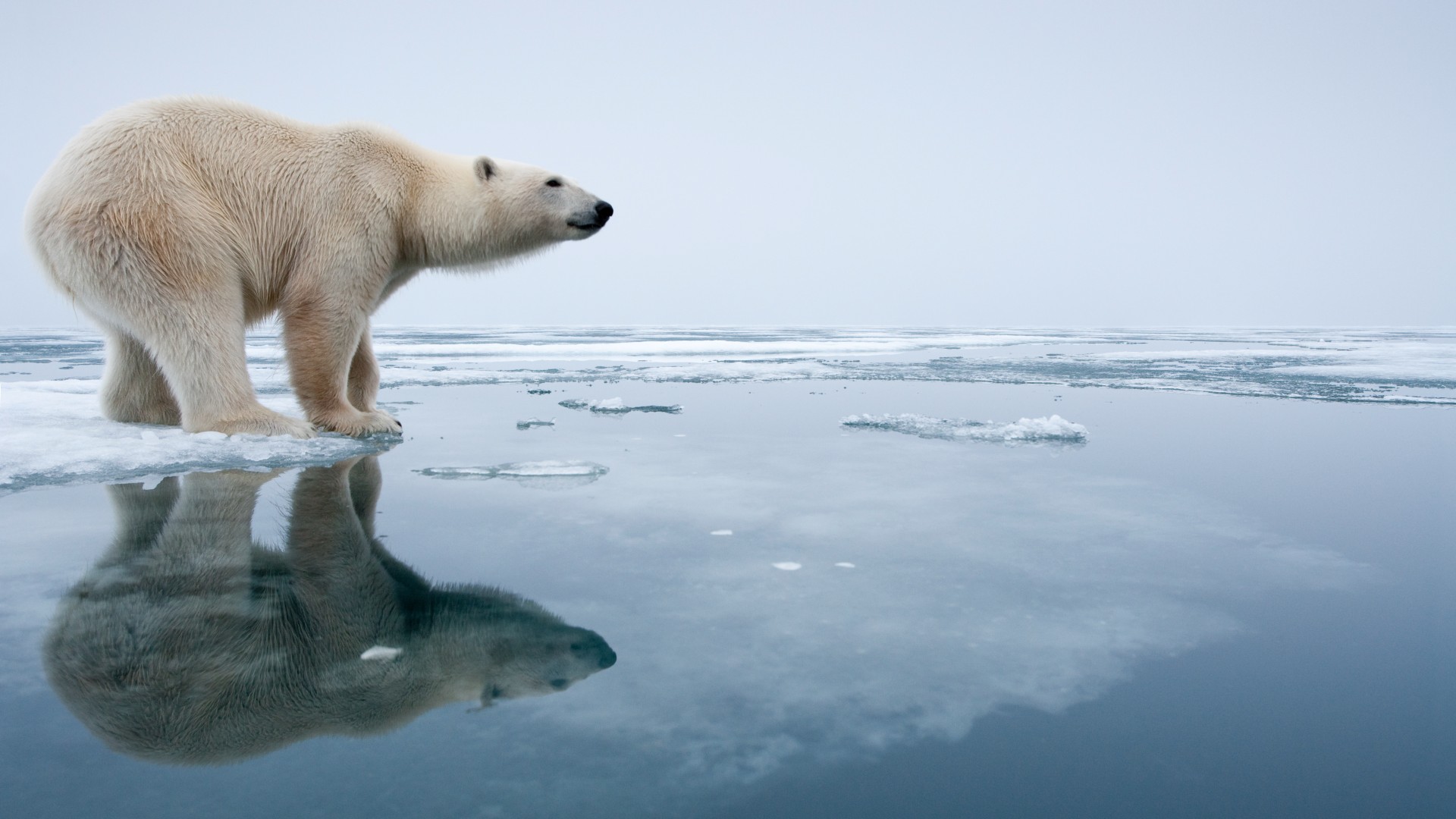
Why aren't there polar bears in Antarctica?
Most bears live in the Northern Hemisphere; polar bears are no exception.

The Arctic and Antarctica, while similar habitats in some ways, are home to very different creatures. Both poles host a variety of seal and whale species, but only the Arctic is home to Earth's largest bear, the polar bear.
Polar bears (Ursus maritimus) and their tumbly cubs can be found around the Arctic Circle in Alaska, Canada, Greenland (part of Denmark), Norway, Russia and, occasionally, Iceland. A polar bear's fur is specially suited for temperatures that can dip below minus 22 degrees Fahrenheit (minus 30 degrees Celsius). They live on ice for most of their lives, feeding on fat-rich seals that keep them energized for long periods between meals.
Antarctica also has sea ice, cold temperatures and seals. So why aren't there any polar bears on the southernmost continent?
The answer has to do with evolution and the geologic history of Earth.
Related: How do emperor penguin dads stop their eggs from freezing?
"Bears are largely a Northern Hemisphere phenomenon," said Andrew Derocher, a professor of biological sciences at the University of Alberta in Canada who has studied polar bears for nearly 40 years. Aside from the Andean bear (Tremarctos ornatus) of South America, bears appear only in the Northern Hemisphere. There's no specific reason for this, just that some species evolve in some places and some don't. "Biogeography is full of oddities," Derocher said. "Some species made it to new places and some didn't."
For polar bears specifically, there was never a time in their evolutionary history when the North and South poles were connected by ice (or land, for that matter). People say polar bears are the "biggest terrestrial carnivore in the world, and yet they're not a terrestrial species at all," Derocher told Live Science. The big, white bears live on sea ice for almost their entire lives, only occasionally coming ashore to breed.
Sign up for the Live Science daily newsletter now
Get the world’s most fascinating discoveries delivered straight to your inbox.
Polar bears are, evolutionarily, a relatively young species. They evolved from a common ancestor of the brown bear (Ursus arctos) sometime between 5 million and 500,000 years ago, Derocher said. But even 5 million years ago, the continents were in similar positions to where they are today, so polar bears never got the opportunity to travel from pole to pole. The closest landmass to Antarctica is the southern tip of South America, which includes Chile and Argentina. To get to Antarctica, polar bears would have to cross the treacherous Drake Passage. The area is also known for powerful storms and rough seas as cold water from the south runs into warm water from the north.
But if polar bears got the opportunity, would they survive on the South Pole?
To Derocher, the answer is simple: "They would have so much fun in Antarctica."
In the Arctic, polar bears feed on seals and the occasional bird or egg. Antarctica is abundant in all three, with six seal species and five penguin species. Plus, none of those animals have evolved to be wary of large, land-roving predators. The Antarctic landscape would be a free-for-all buffet for a polar bear — which is why no one should ever bring polar bears there. Their voracious appetite, combined with the local faunas' ignorance of large land predators, would likely lead to ecological collapse. It's probably best for the great white bear to remain in the north.
Originally published on Live Science.

JoAnna Wendel is a freelance science writer living in Portland, Oregon. She mainly covers Earth and planetary science but also loves the ocean, invertebrates, lichen and moss. JoAnna's work has appeared in Eos, Smithsonian Magazine, Knowable Magazine, Popular Science and more. JoAnna is also a science cartoonist and has published comics with Gizmodo, NASA, Science News for Students and more. She graduated from the University of Oregon with a degree in general sciences because she couldn't decide on her favorite area of science. In her spare time, JoAnna likes to hike, read, paint, do crossword puzzles and hang out with her cat, Pancake.









